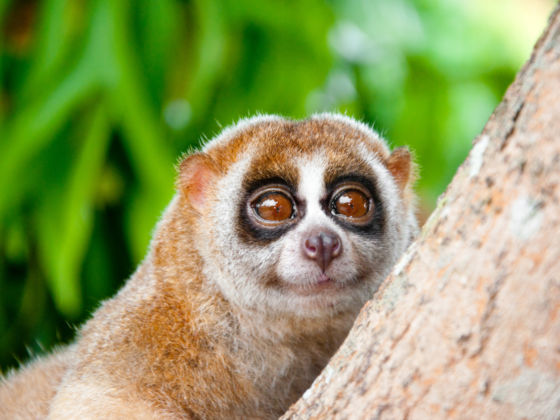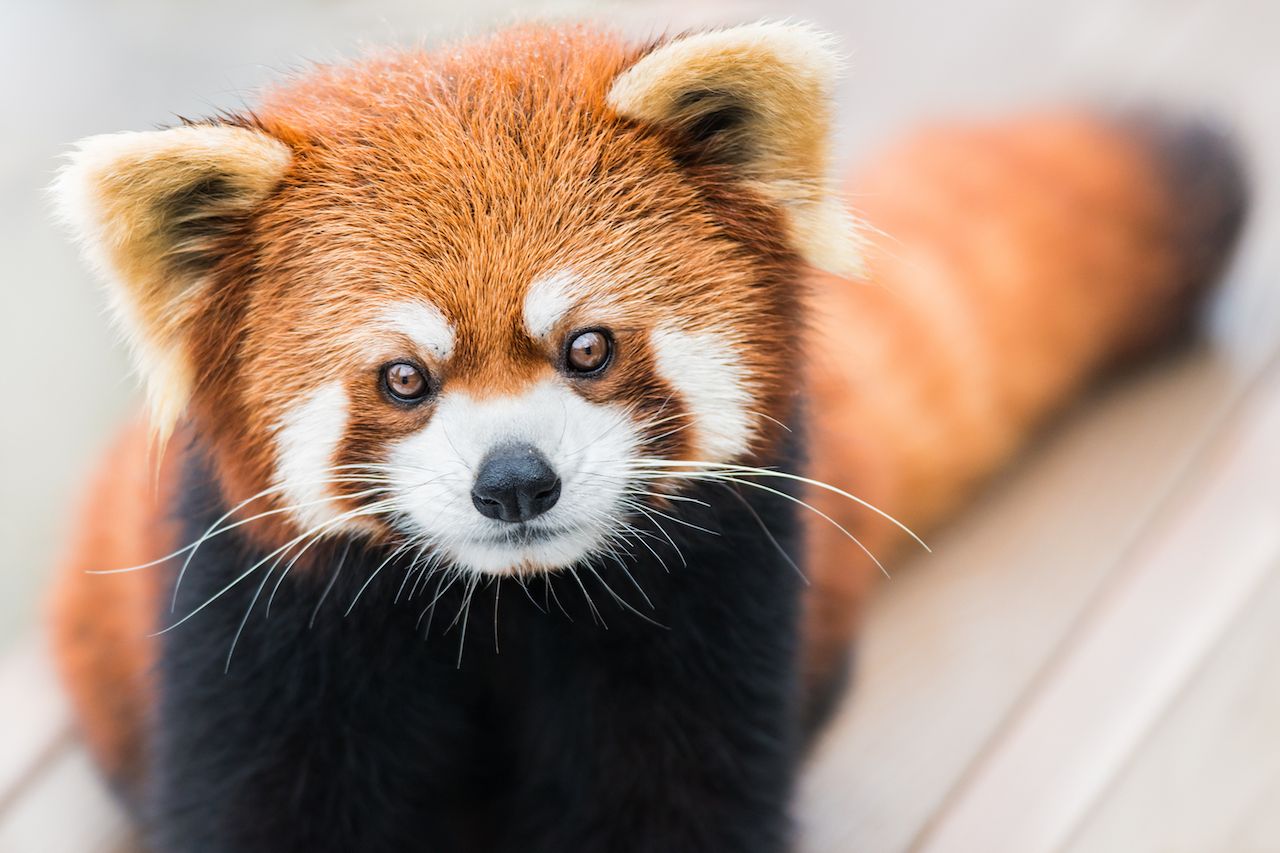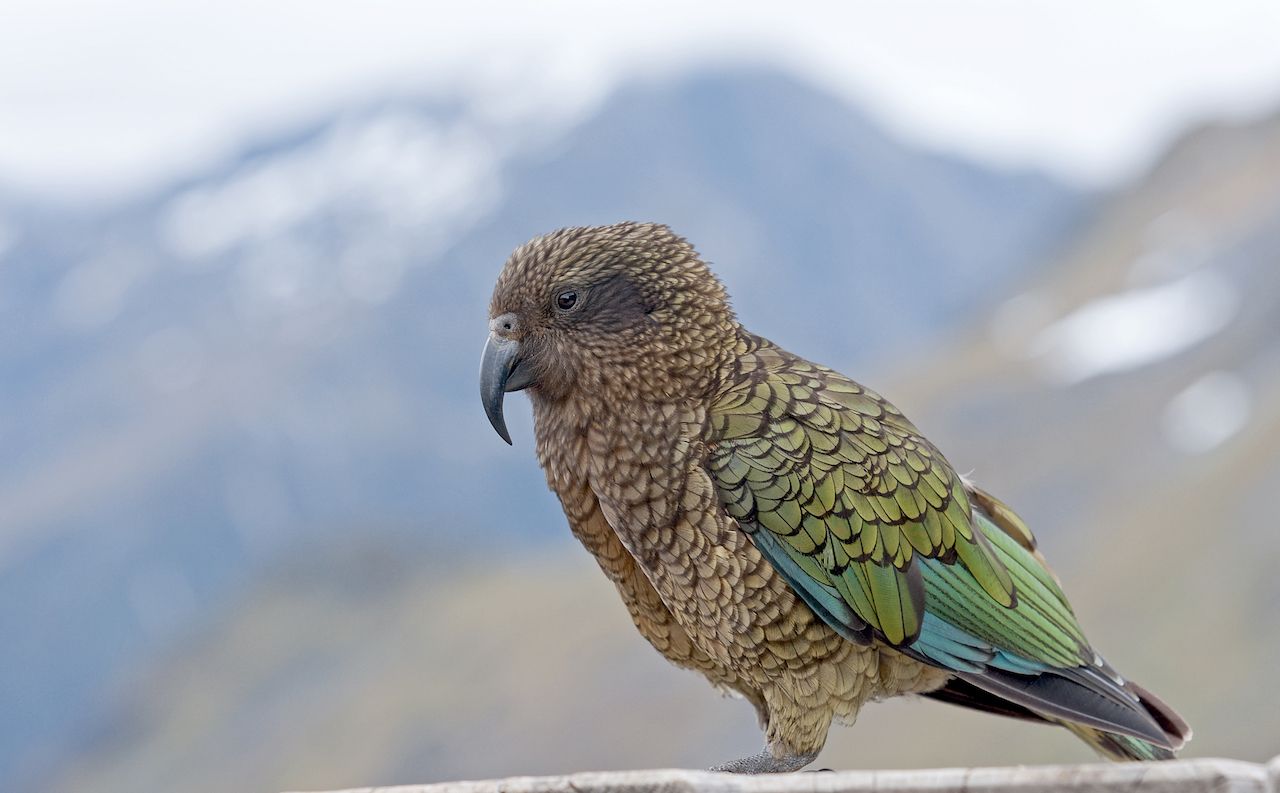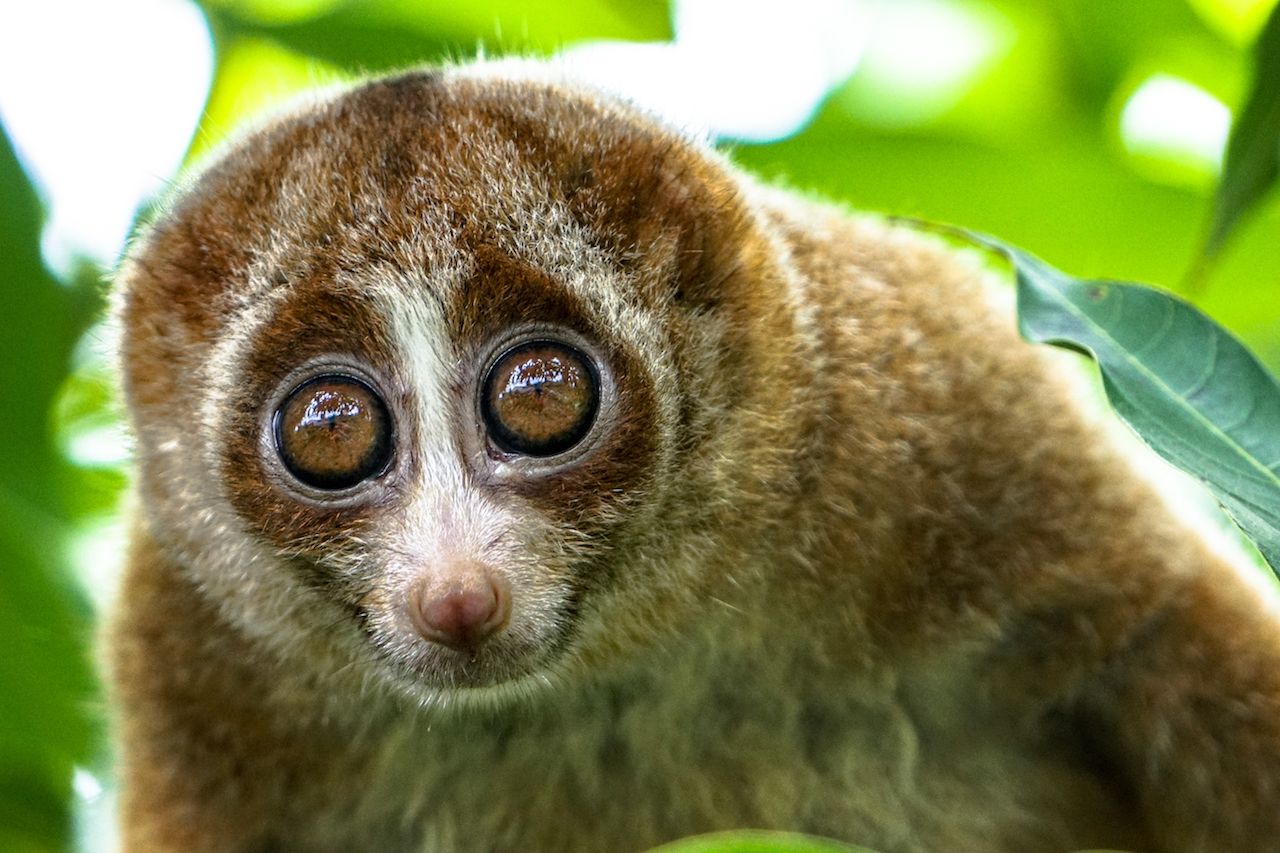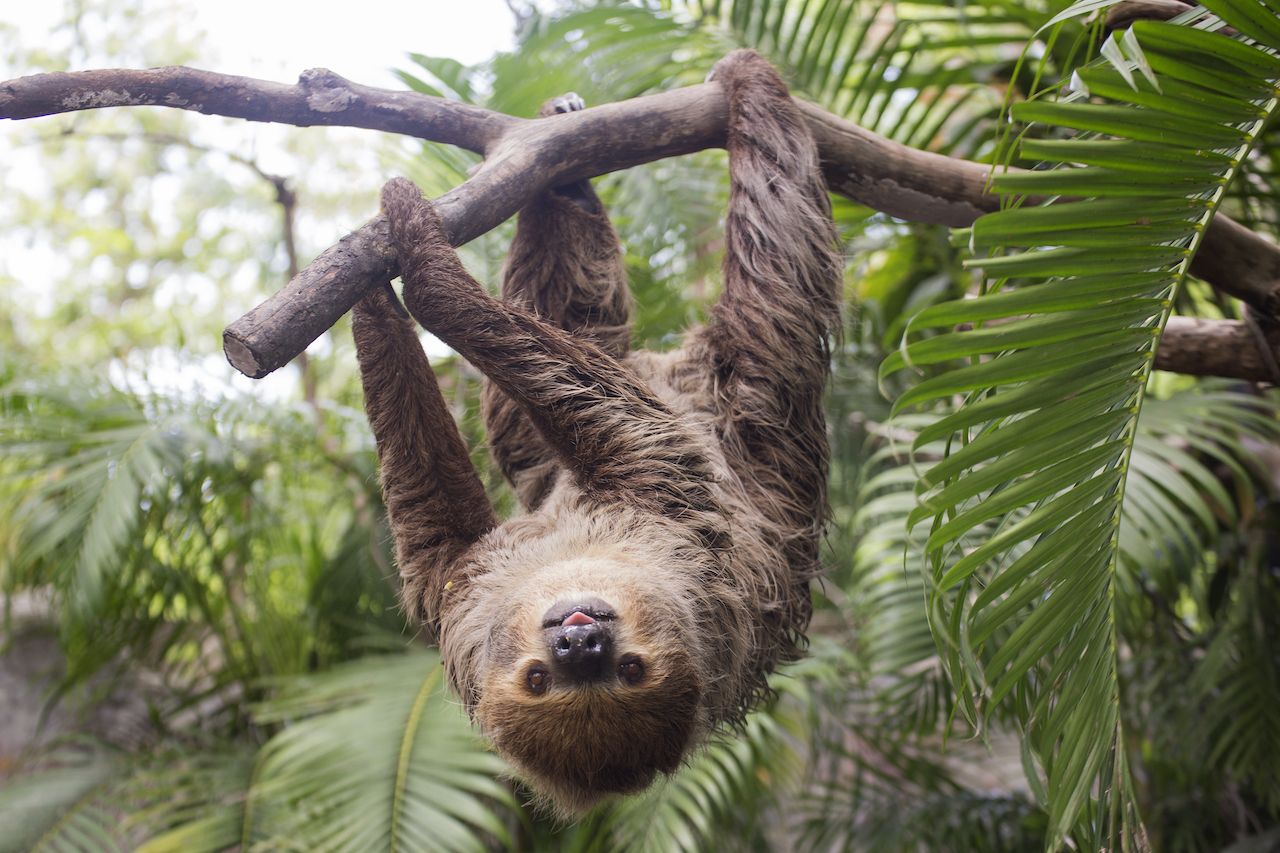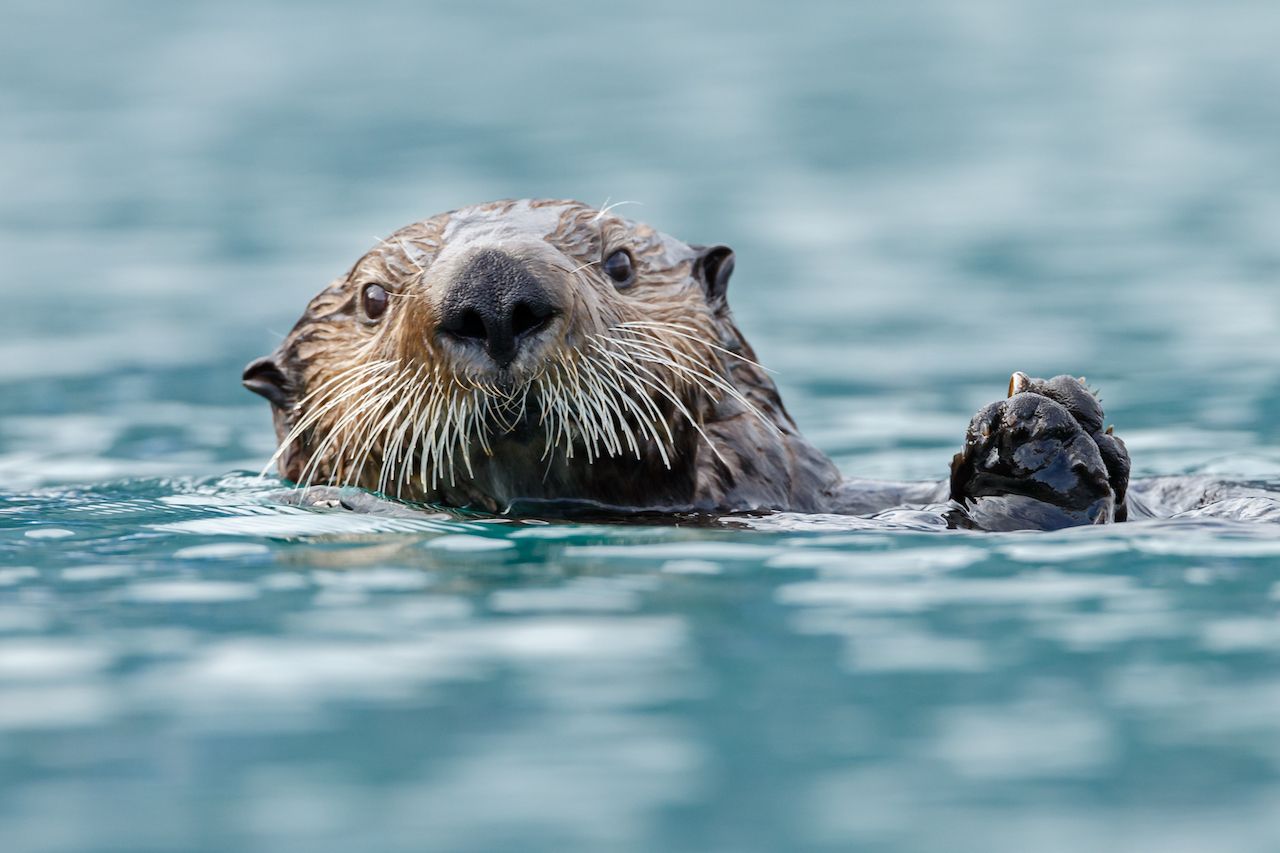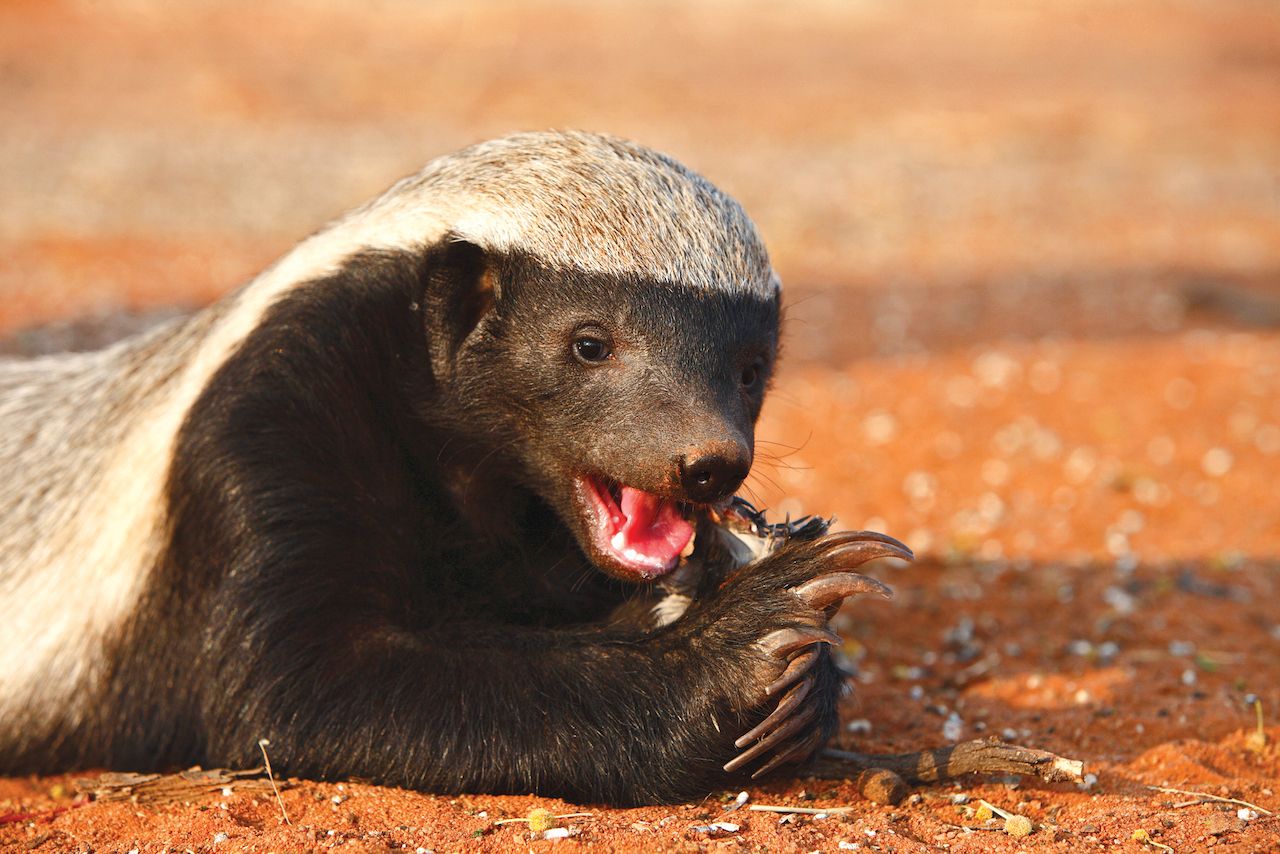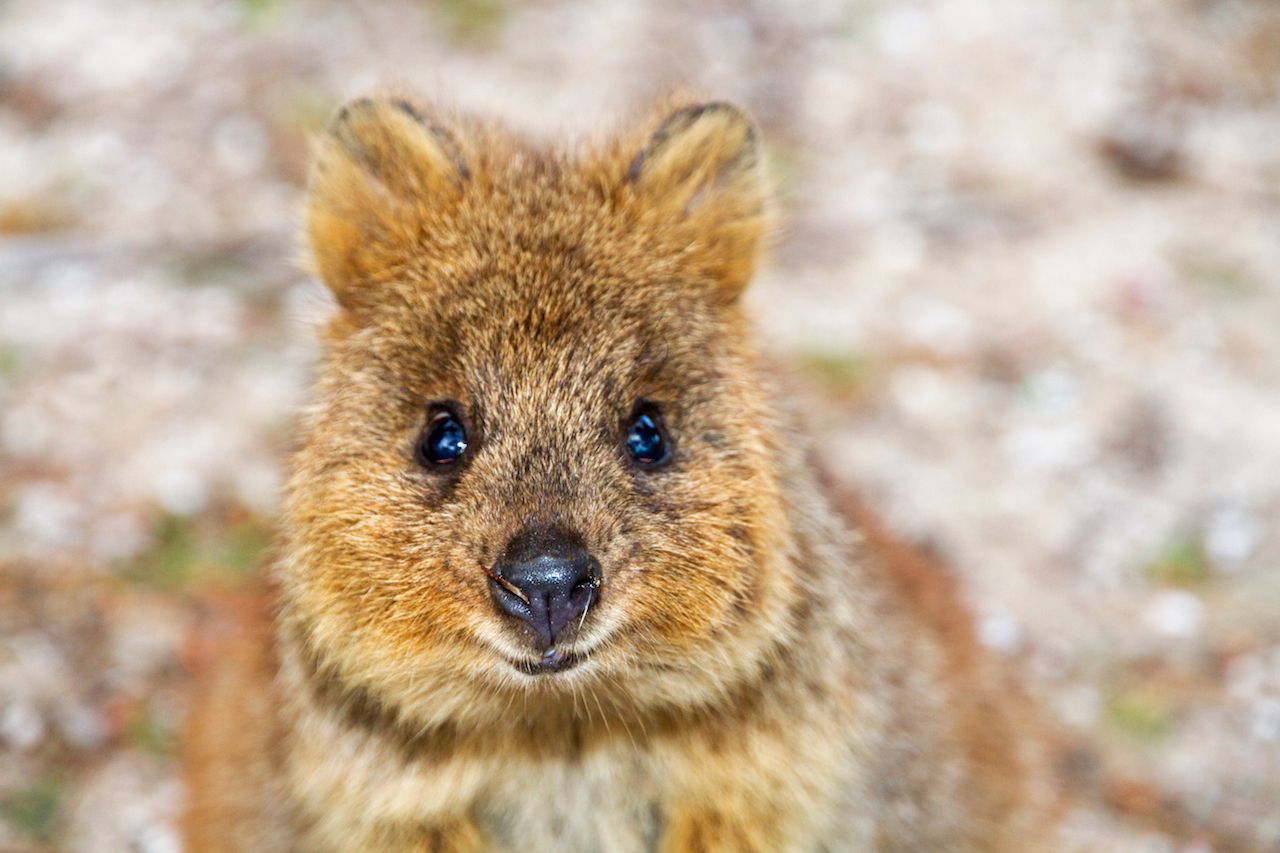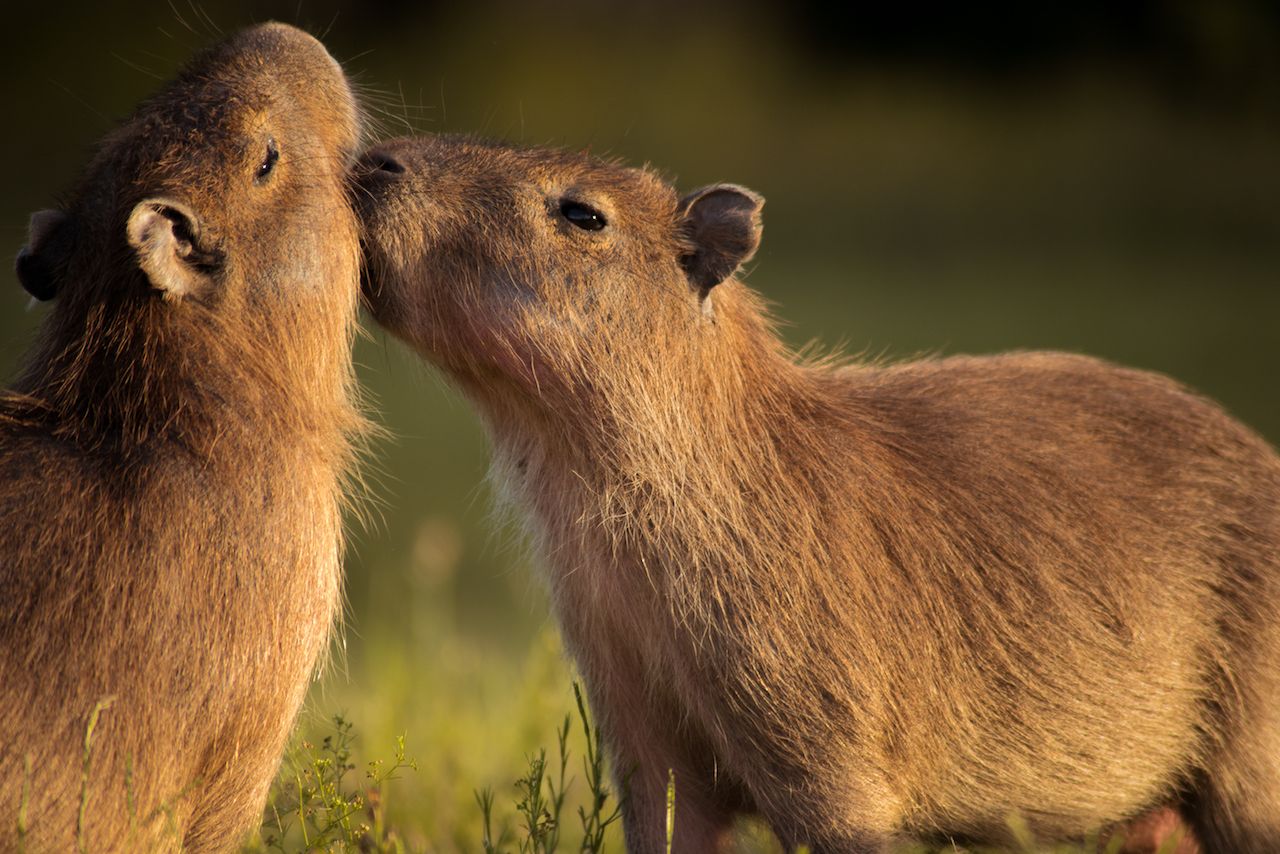Animals have given us so much. Wolves guarded our encampments in exchange for scraps, eventually giving us the gift of dogs. Birds warned us about oncoming natural disasters. And most recently, wildlife around the planet have given us unreasonable amounts of joy by starring in endless photos and videos online, distracting us, even for just a moment, from the more intense aspects of life.
As is typically the case with things that are popular on the internet, lots of animal fans want to go beyond their screens to see their favorite creatures in the flesh, but as flashes in the pan often are, these species are poorly understood when represented only by a fleeting photo or quick snippet of video.
Animal tourism can be problematic, with unethical experiences widely available to tourists, so if these species truly are your favorite, it’s worth taking the time to not only avoid these pitfalls, but contribute to these animals’ healthy futures at the same time. Here are the best ways to see and support the adorable creatures you follow on Instagram in real life.
